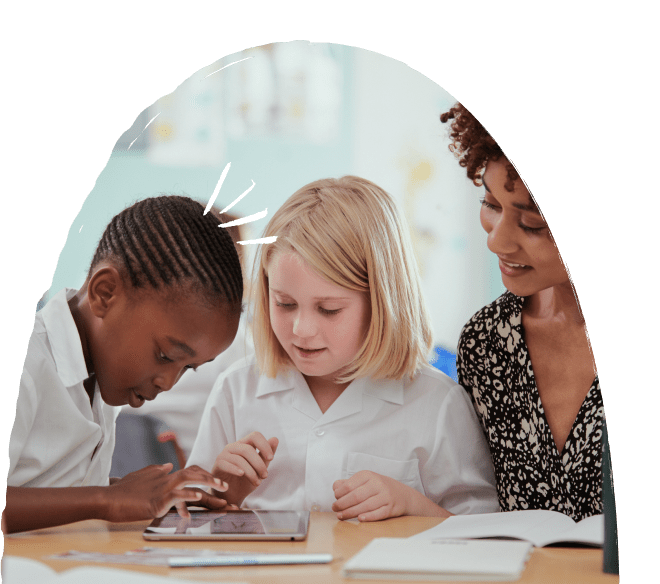
Set your classroom up for success
View our quick intro and see how Teach Starter can help you save time and engage your students.
Try For FreeTrending categories
Select a topic to start exploring our curriculum-aligned resources.
- Easter 2025
- Remembrance Day 2025
- Homework Basket Activities
- First Nations Australia
- Halloween 2025
- Recount Writing
- Homework
- Fairy Tales
- First Day of School 2025 Activities
- Sequencing
- Finding the Main Idea
- Little Learners Month
- Book Week 2025 — Book an Adventure
- Bump It Up Data Walls
- National Simultaneous Storytime 2025
- Remote Learning
- Christmas 2025
- Earth Day 2025
- Origami
- Buddy Activities
- Guided Reading
- Timelines
- Mother's Day Australia 2025
- Compare and Contrast
- Fact and Opinion
- NAIDOC Week 2025
- Lunar New Year 2025
- Valentine's Day 2025
- National Sorry Day 2025
- International Women's Day 2025
Take lesson prep from
 to
to
 with Teach Starter
with Teach Starter
Popular right now
Explore trending resources that unlock the joy of teaching.
- Free Plan

Funky Easter Bunny Craft Template
Download the famous Teach Starter funky Easter bunny template for a fun classroom Easter craft activity that features an Easter bunny with funky glasses.
- Plus Plan

Easter Puzzles Activity Sheet
Challenge and entertain your students with an activity sheet packed with a variety of activities and Easter puzzles.
- Plus Plan

Easter Chick Craft Activity
Make Easter extra special with this engaging and easy-to-prep Easter Chick craft activity.
- Plus Plan

Easter Basket Craft Template
Bring creativity and excitement to your Easter celebrations with this Easter basket craft printable.
- Plus Plan

Easter Bunny Ears - Hat Template
Create festive Easter Bunny Ears with this printable craft that boosts creativity and skills through fun, hands-on activities.
- Plus Plan

Easter Colouring Pages
Use these Easter colouring pages to celebrate Easter or as a brain break activity during class.
- Plus Plan

Easter Basket with Bunny – Craft Activity
Spark creativity, build fine motor skills and celebrate the Easter holiday with our Easter Basket with Bunny – Craft Activity.
- Plus Plan

Easter Hundreds Board Mystery Pictures
A set of 9 Easter-inspired mystery hundreds charts.
- Plus Plan

Easter Mini-Mystery – Who Stole the Easter Egg?
A fun, logic-based Easter-themed activity where students read clues to solve the mystery.
- Plus Plan

Funky Easter Egg Craft Template
Use this printable Easter egg template for a mindful Zentangle pattern activity or to create a colourful classroom display.
- Plus Plan

Easter Egg Mindful Colouring In Sheet
Easter egg mindful colouring sheet for children to enjoy.
- Plus Plan

Soldier Silhouette Art Templates
Use this craft template when creating Anzac Day or Remembrance Day inspired solider artworks.
Be the teacher you want to be
Connect with our experienced teachers as they share their stories, knowledge and tips.
-
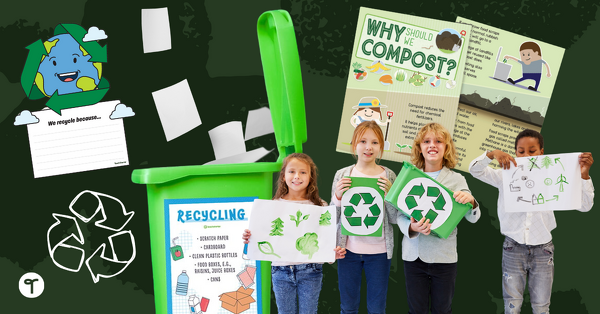
10 Recycling Activities for Kids to Add to Your Lesson Plans This School Year
Looking for fun and engaging recycling activities for kids? Check out these 10 easy ideas plus free recycling reward schemes for teachers.
-
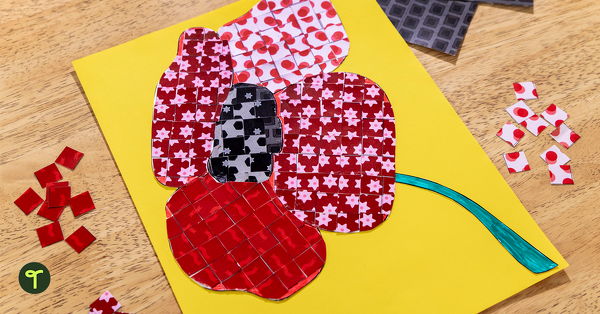
13 Remembrance Day Crafts & Ideas to Honour the Past With Primary Students
Mark Remembrance Day in the classroom with crafts, activities and ideas straight from teachers!
-
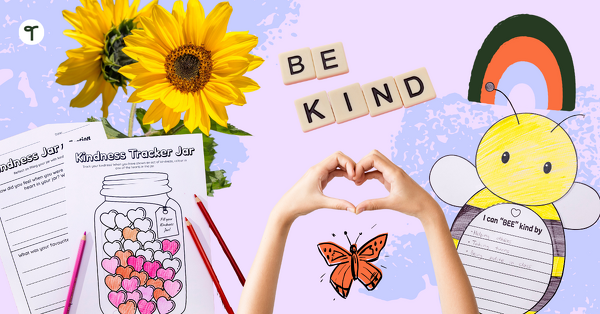
13 World Kindness Day Ideas to Teach Kids to Be Kind in Your Classroom
Explore World Kindness Day ideas to kick off kindness in the primary classroom and encourage kids to be a little bit kinder.
-
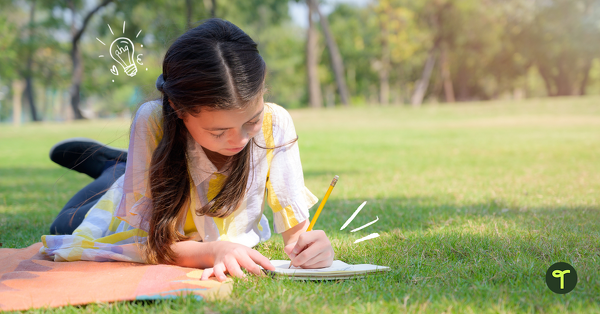
11 Alliteration Poems for Kids Perfect for Primary Poetry Lessons
Explore these alliteration poem examples for kids in your poetry lessons to help students identify repeated consonants and write their own alliteration in poems.
-
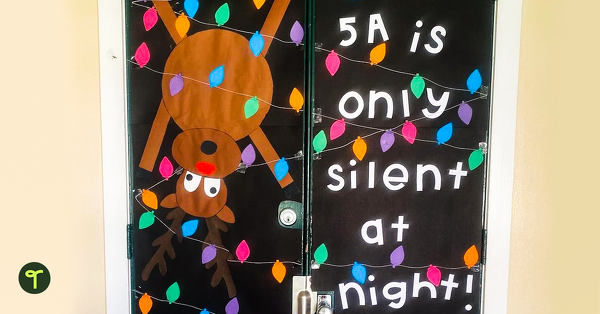
17 Christmas Door Decorations to Jingle Up Your Classroom
Browse our creative Christmas door decorations and classroom ideas that you and your students will love this holiday season. Ready? Set? Decorate!
-

20 Fun Facts About Mars to Get Kids Excited About Your Space Lessons
Add these fun facts about Mars to your lesson plans — plus see our teacher team's favourite ways to use them in classroom activities.